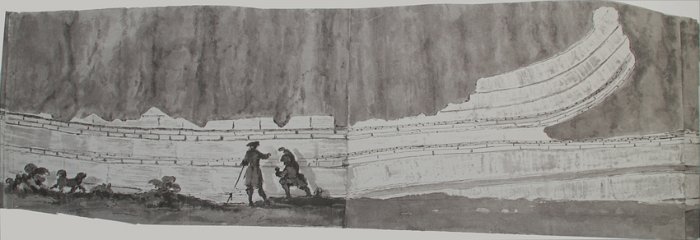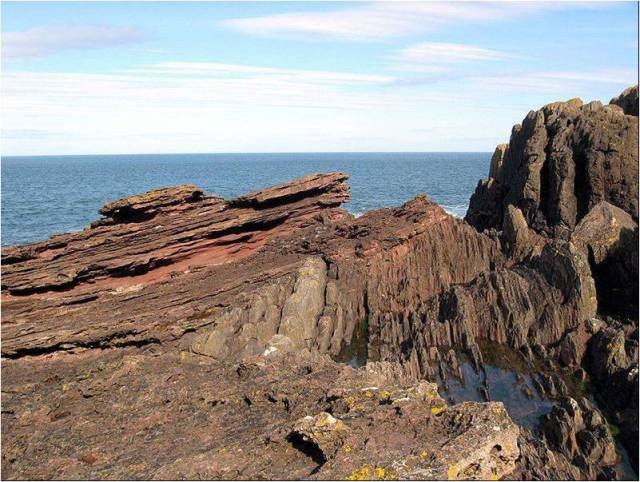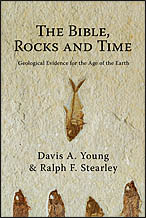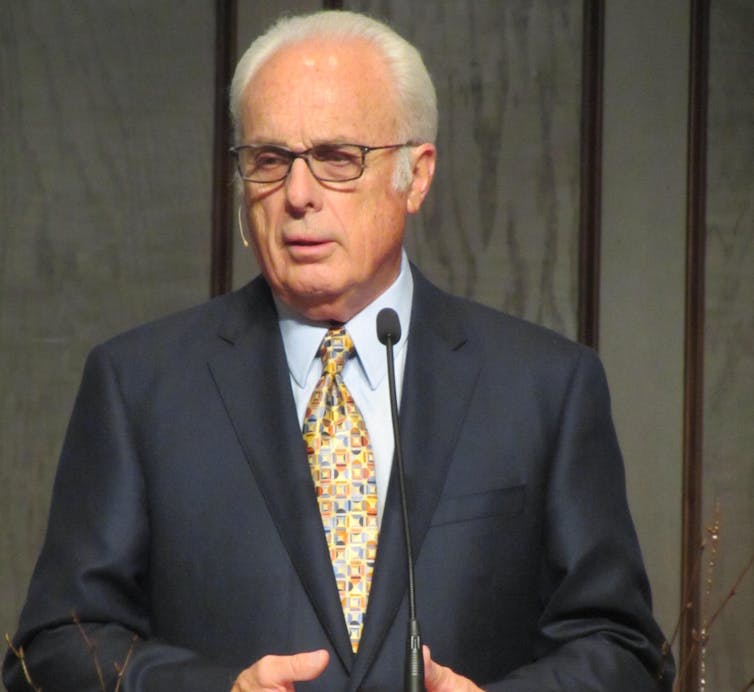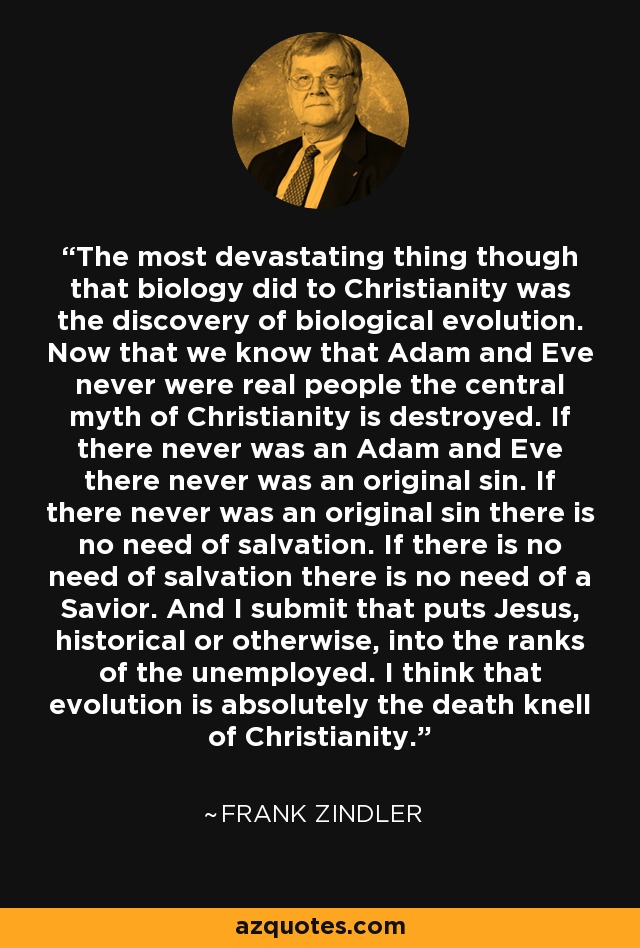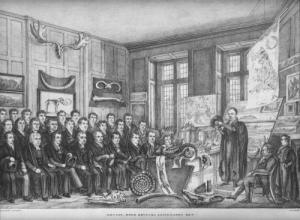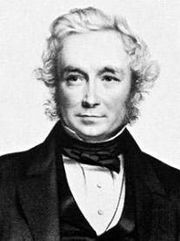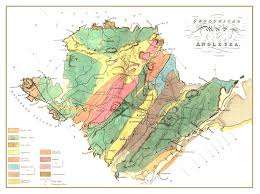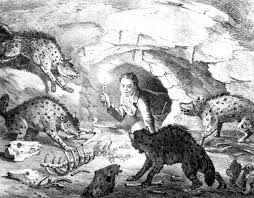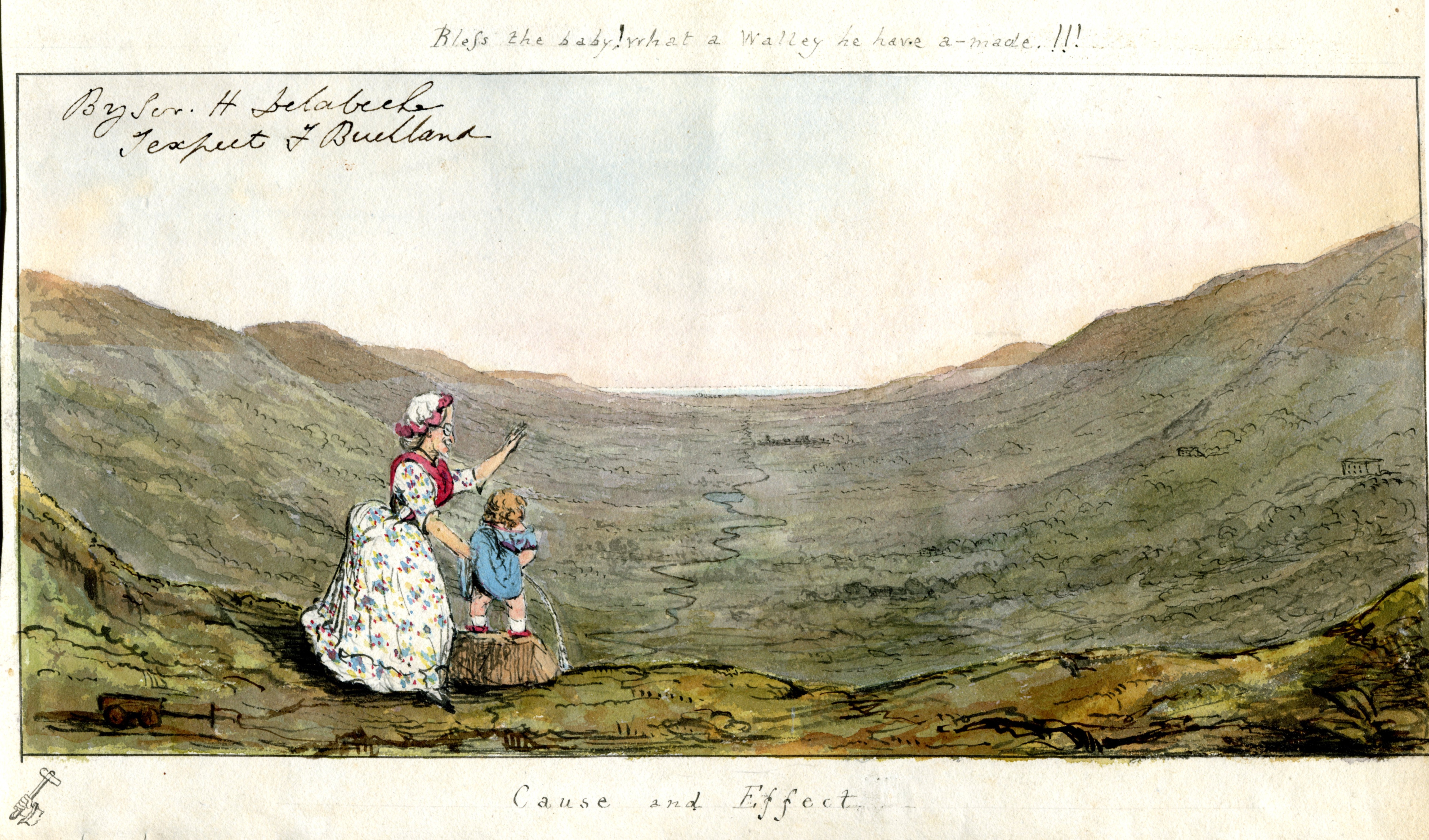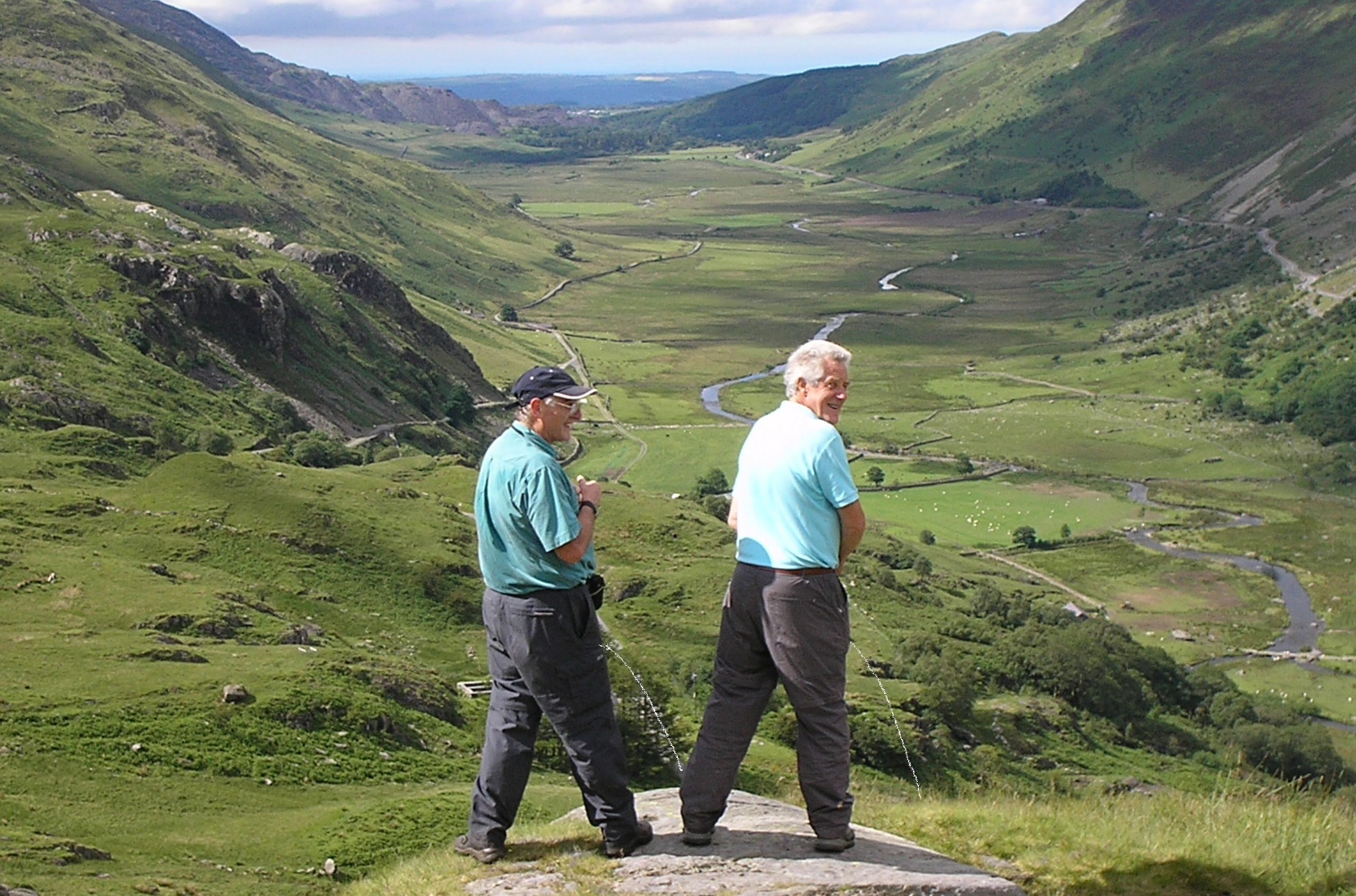Well, surely only Creationists believe that James Ussher got it right today? That is right, but he had also got it wrong in 1656 and went against the traditional teaching of the church – and by that I mean the Western Churches, both catholic and protestant.
So often we are told all Christians believed that God created everything in about 4000BC, until the late 18th century and later when the naughty James Hutton and Charles Lyell started arguing for a very ancient earth. This can be seen in two ways; either the church was beguiled by those wicked geologists into destroying Genesis, or that that Hutton and Lyell liberated people from believing biblical fantasies.
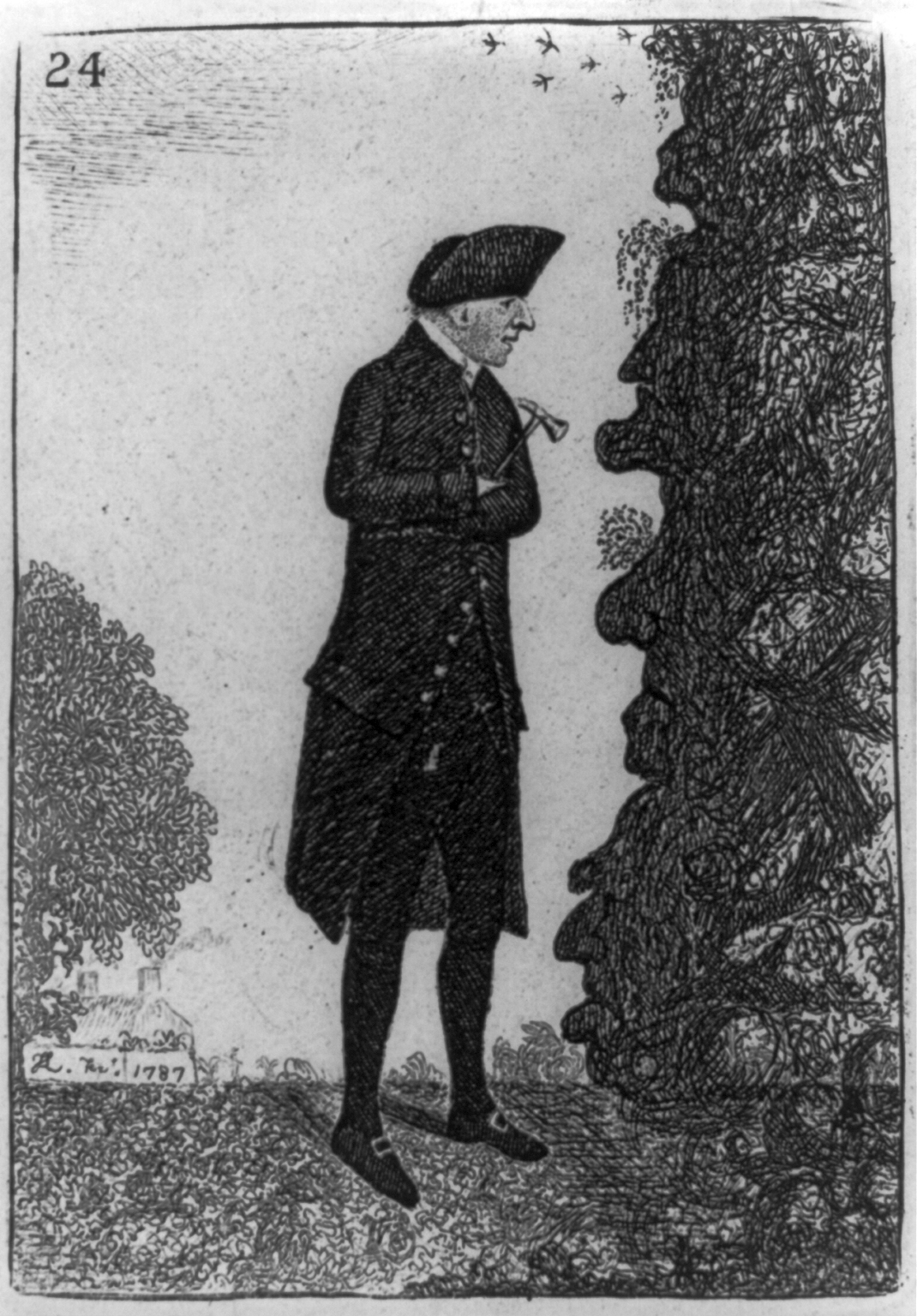

Recently the book On the Edge of Eternity by Ivano Dal Prete of Yale has rather scuppered that view and taken the ground away from Creationists and afficionados of the conflict thesis of science and religion
Ivano Dal Prate; Oxford University Press , New York 2022
The blurb on Amazon says;
It is commonly assumed that the creation story of Genesis and its chronology were the only narratives openly available in medieval and early modern Europe and that the discovery of geological time in the eighteenth century came as a momentous breakthrough that shook the faith in the historical accuracy of the Bible. Historians of science, mainstream geologists, and Young Earth creationists alike all share the assumption that the notion of an ancient Earth was highly heterodox in the pre-modern era. The old age of the world is regarded as the offspring of a secularized science.
In this book, Ivano Dal Prete radically revises the commonplace history of deep time in Western culture. He argues that the chronology of the Bible always coexisted with alternative approaches that placed the origin of the Earth into a far, undetermined (or even eternal) past. From the late Middle Ages, these notions spread freely not only in universities and among the learned, but even in popular works of meteorology, geology, literature, and art that made them easily accessible to a vernacular and scientifically illiterate public. Religious authorities did not regard these notions as particularly problematic, let alone heretical. Neither the authors nor their numerous readers thought that holding such views was incompatible with their Christian faith. While the appeal of theories centered on the biblical Flood and on a young Earth gained popularity over the course of the seventeenth century, their more secular alternatives remained vital and debated. Enlightenment thinkers, however, created a myth of a Christian tradition that uniformly rejected the antiquity of the world, as opposed to a new secular science ready to welcome it. Largely unchallenged for almost three centuries, that account solidified over time into a still dominant truism.
Based on a wealth of mostly unexplored sources, On the Edge of Eternity offers an original and nuanced account of the history of deep time that illuminates the relationship between the history of science and Christianity in the medieval and early modern periods, with lasting implications for Western society.
Dal Prete is not quite the first to do this and even I have had a few attempts!! But despite a strongly Italian bias he makes a good case. To affirm his non-anglo-centricity poor Archbishop Ussher doesn’t even get a mention and his date of 4004BC is nowhere to be found. He makes a good case but it needs to be extended to anglophones as well.

The book is subtitled The antiquity of the earth in Medieval and Early Modern Europe but its sweep is wider. Its thesis is bold. It argues that in Western Europe Deep Time was common in the early Catholic Church and thus not introduced in the 18th century. It carefully garners the evidence focussing on the Medieval Church in the West and then after 1500 mostly from northern Italy. The rest of Europe is mentioned in passing. The book is a dense read but rewarding. Much has been described briefly elsewhere but this focusses on this one issue.
Its thesis is that Deep Time was not discovered in the 18th century but goes back fifteen centuries. Simplistic views based on the Conflict Thesis are hammered as the author uses a vast amount of documented evidence from the Mediaeval Church and mostly northern Italy. The main text is 214 pages and the notes 83, and it adopts a chronological sequence.
The first two chapters deal with medieval church and their flexibility on the antiquity of the earth. At one end the Chronologists, who were more literalist, insisted that the earth was created in 4000BC or 5300 BC depending whether they followed the Hebrew or Greek Old Testament. At the other end some insisted that the earth was eternal until that was proscribed in 1215 at the Fifth Lateran Council with a range of ideas in-between these extremes.
There were four main views;
Deep Time with eternalism – proscribed in 1215 but remained outside official belief. ;
Deep Time with a point of creation and tending to allegorical Biblical interpretation. There was no precision as to time, beyond the fact that the earth was ancient, and that it had undergone many changes in its long existence and there had been lots of flood.
“Shallow Time” of the Chronologists, who were more literal and historical. These take the chronologies of the Old Testament. As most Christians in Europe tended to use the Greek translation of the Old Testament (LXX), they normally took creation as occurring inc5300BC. Probably the first was probably Ad Autolycum by Theophilus of Antioch in the second century, followed by Constantine’s favourite bishop, Eusebius, in the early 4th century and a little later Jerome. Thus they opted for 5300BC give or take. The Hebrew texts points to 4000BC and when the Venerable Bede argued for creation in c4000BC, some monks complained to the local bishop about Bede’s heresy. (There have always been prigs complaining to bishops about clergy.)
and lastly, but very significant, Shallow Time with Chaos. These looked not only to the Bible, but also Latin writers and after 1200 Greek as well. These included Ovid’s Metamorphoses, Pliny’s Natural History (Pliny never got round to writing up his observations on the eruption of Vesuvius.) Seneca and latterly Plato. Ovid was the most widely read and the first part talks about the disorganised chaos which was later re-ordered. This chimed in with Genesis chapter one vs 2 with the initial creation being “a formless void”.It gave a longer timeframe than the chronologists, resulting in the Western Church being open to Deep Time. [The last view has often been ignored but is was very widely held, not only in the Medieaval Church but also after reformation and up to 1860. After that it was gently dropped but taken up by ultra-evangelicals with their “Gap Theory”, a thoroughly degenerate version of an old and respected understanding. Dal Prate scarecly touches on this but it was held by many post Reformation commentators – Catholic and Protestant, and even by many poets including Stephen Spencer and Milton.

It comes out in Haydn’s oratorio The Creation, with the orchestral introduction The Representation of Chaos and then the re-ordering of chaos with the beautiful aria “a new created world sprung up”. Needless to say many early British geologists adopted it to allow for geological time, most notably William Buckland in 1818. But that is another story needing telling.
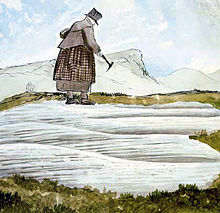

All these ideas spread beyond the church as is discussed in the chapter Vernacular Earths 1250-1500. The merchants of Tuscany were well-read and interested in the structure of the earth and hence deep time spread beyond the church. Da Vinci was born into this environment. This chapter gives a flavour of ideas of time and Natural philosophy in a wider educated culture.
The Reformation disrupted the church in 1517. One result was a greater emphasis on a literal Biblical interpretation by Protestant and Catholic alike and thus a shorter timescale for earth. The Jesuits insisted on a short chronology. Biblical chronologies flourished, including the Calvinist Scaliger, and (not mentioned) Ussher. Even so the multiplicity of older views did not disappear, but were diminished, or held privately within and without the churches only to resurface. Despite the bias to biblical literalism, many theologians followed my Shallow Time with Chaos and that is another story needing telling.
As Prete emphasises during the Middle Ages many accepted multiple deluges with Noah’s the last. That changed with rise of diluvialism after 1650, when only the Noachian Deluge was accepted influencing geological thought. Prete looks wider than Italy on diluvialism and discusses both French and British exponents. The most influent Briton throughout Europe was Woodward who was also the most literal. Other theorists of the earth opted for shallow time with chaos thus allowing geological time to slowly creep in.
The chapters on the early church up to diluvialism give a good perspective but does not explain the religious aspects which is necessary to fully understand his argument. Hence some of my explanatory comments.. The chapter entitled The INVENTION of the History of Deep Time is more how the history of Deep Time was rewritten by the philosophes claiming that Deep Time was put forward to oppose the “young earth” orthodox churches, and then used as an argument against religion. It is not convincing, as during the 1700s more savants, Christian or not, adopted Deep Time. Even Buffon tended to value the scenario of Genesis One, but allowed far more time that 144 hours, with his seven epochs. This is a good example of the Day-Age interpretation
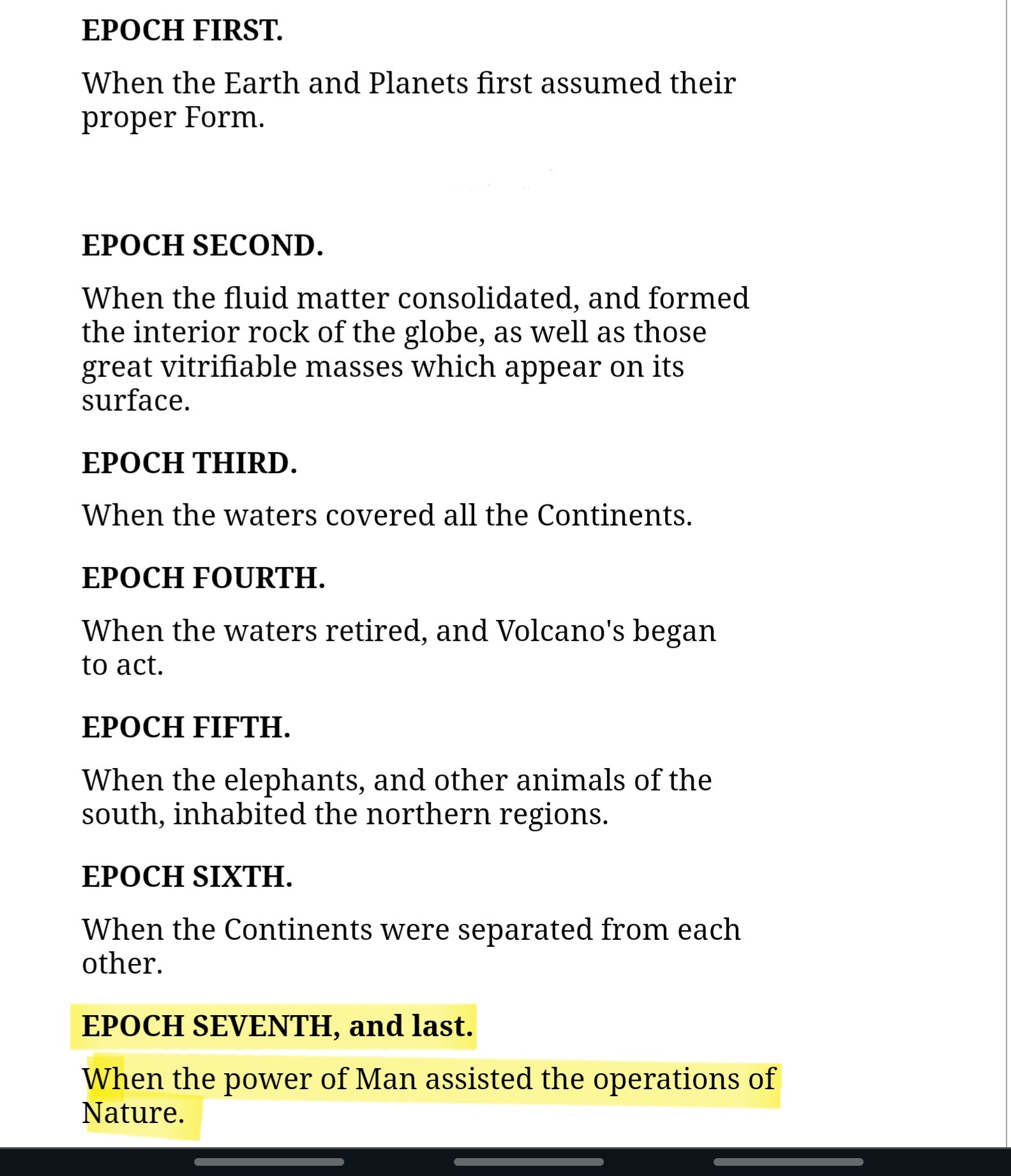
The RC priest Fr Needham had a similar outlook.The conflict was not Deep Time versus Shallow Time, but an eternal earth versus an oldish one, epitomised by Hutton and de Luc. Some competent geologists were still Young Earth up to 1800 as were Smith and Parkinson, but don’t tell anyone!.
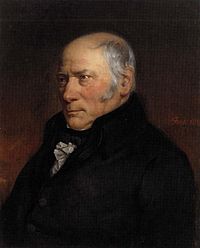
The chapter Political Fossils gives some insights into controversies in Venice and Verona, noting they may not be “an indicator of larger trends”. His mention of Chateaubriand (1768-1848) is tantalising brief. Like Gosse years later, Chateaubriand claimed that the earth was created with an appearance of history. Prete’s claim that a young earth was identified with the tradition of Christian Europe is questionable, particularly for Britain. His concluding chapter brings the arguments up to the present time, but is rather disjointed.
To conclude; this book gives an instructive and well-evidenced thesis up to 1650, which, despite caveats, I find convincing. It gives some excellent insights how the Western Church considered (deep) time and belief. However it is as tough to read as it is stimulating and not for bedtime reading.
Hutton did not invent Deep Time from the depths of his unbelief, and now was the church locked into a creation in 4004BC.


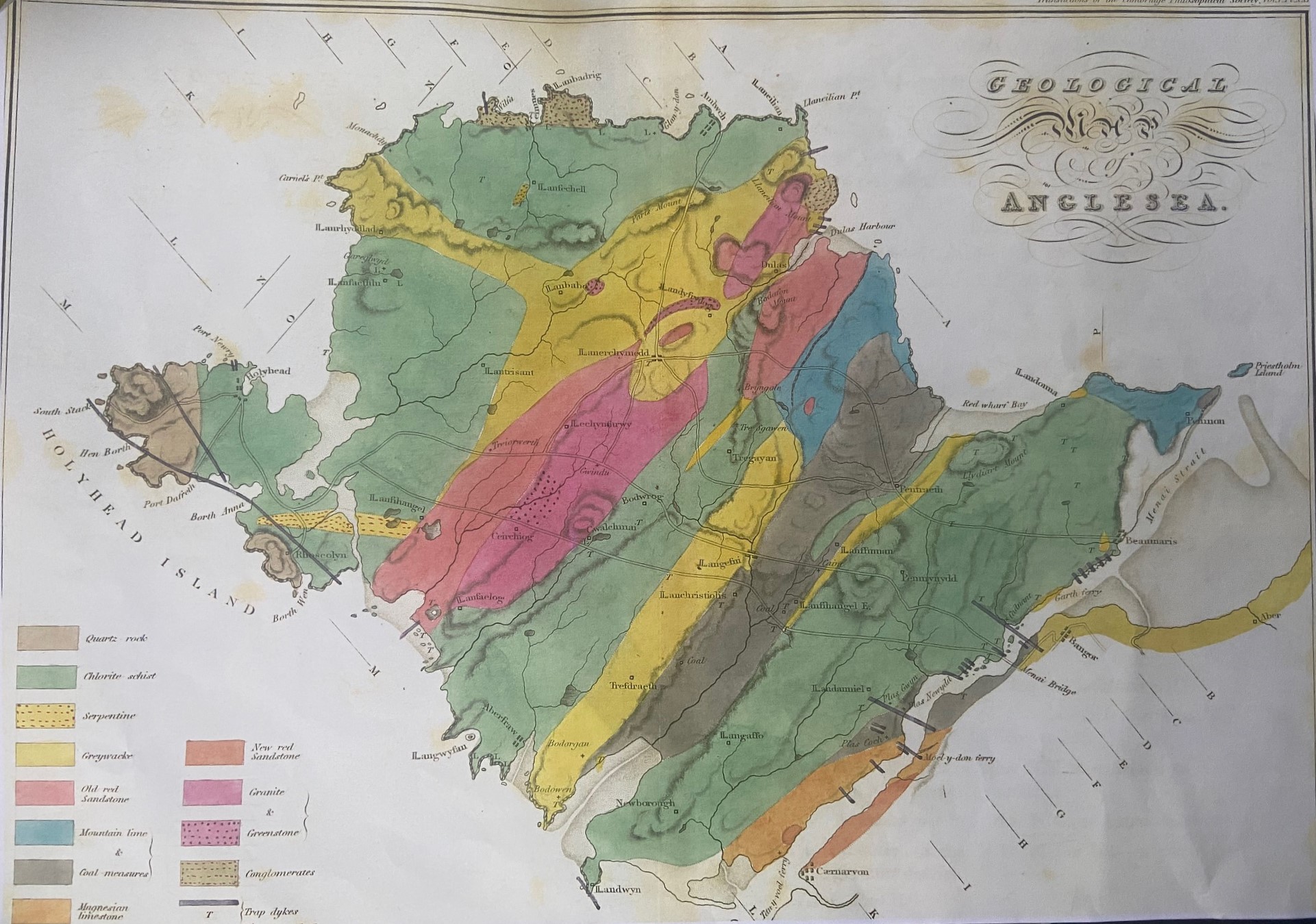
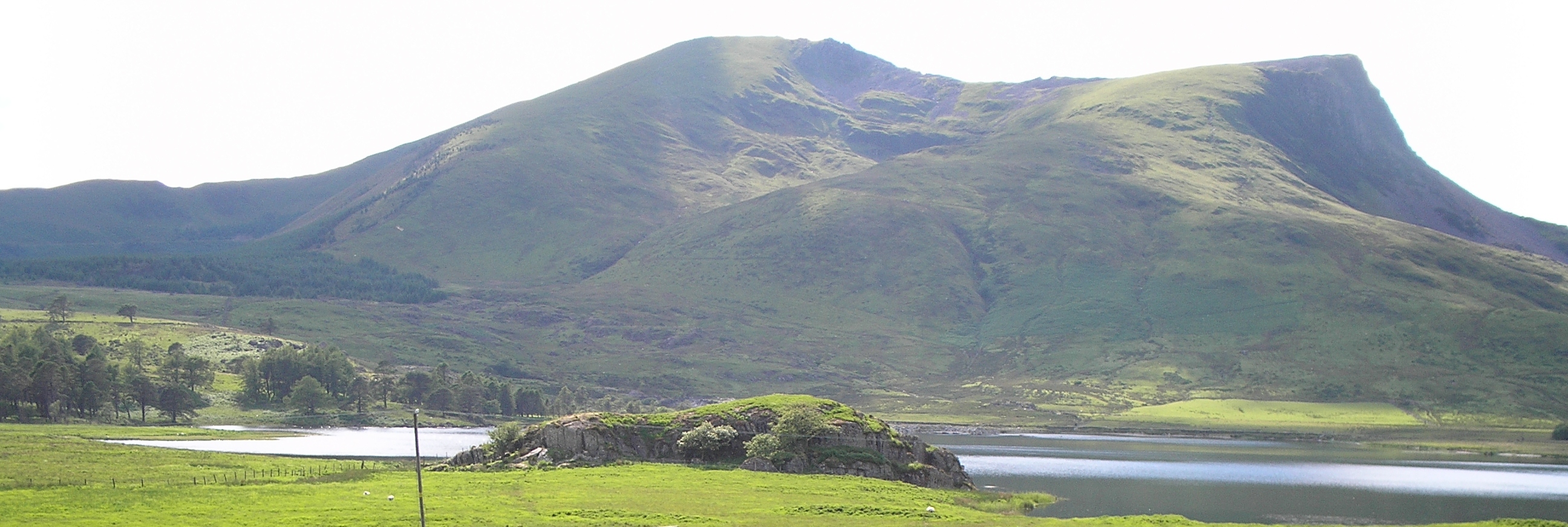

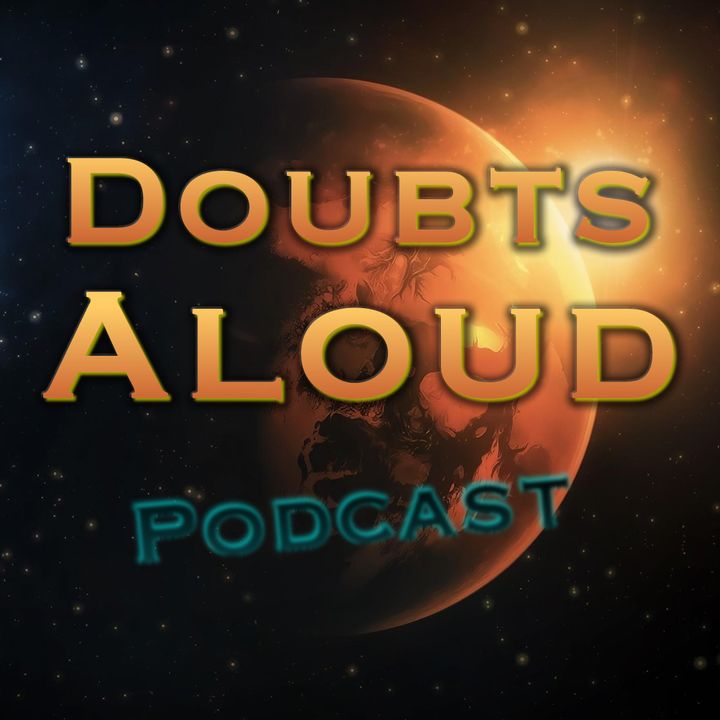








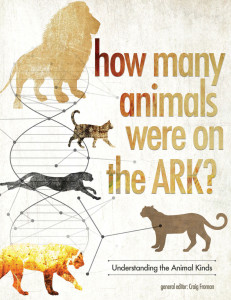
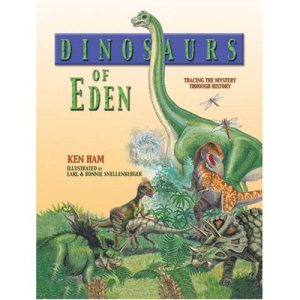






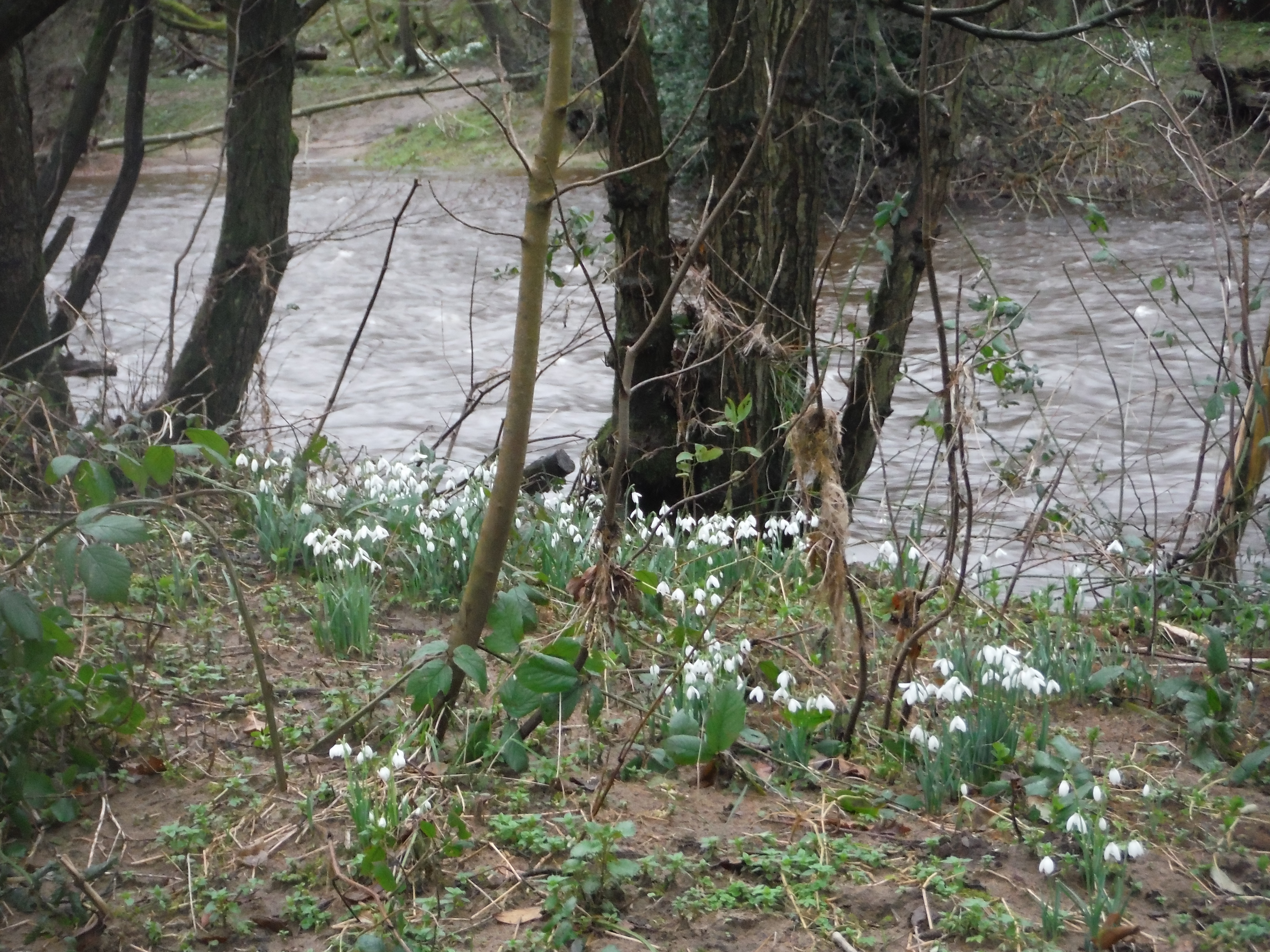
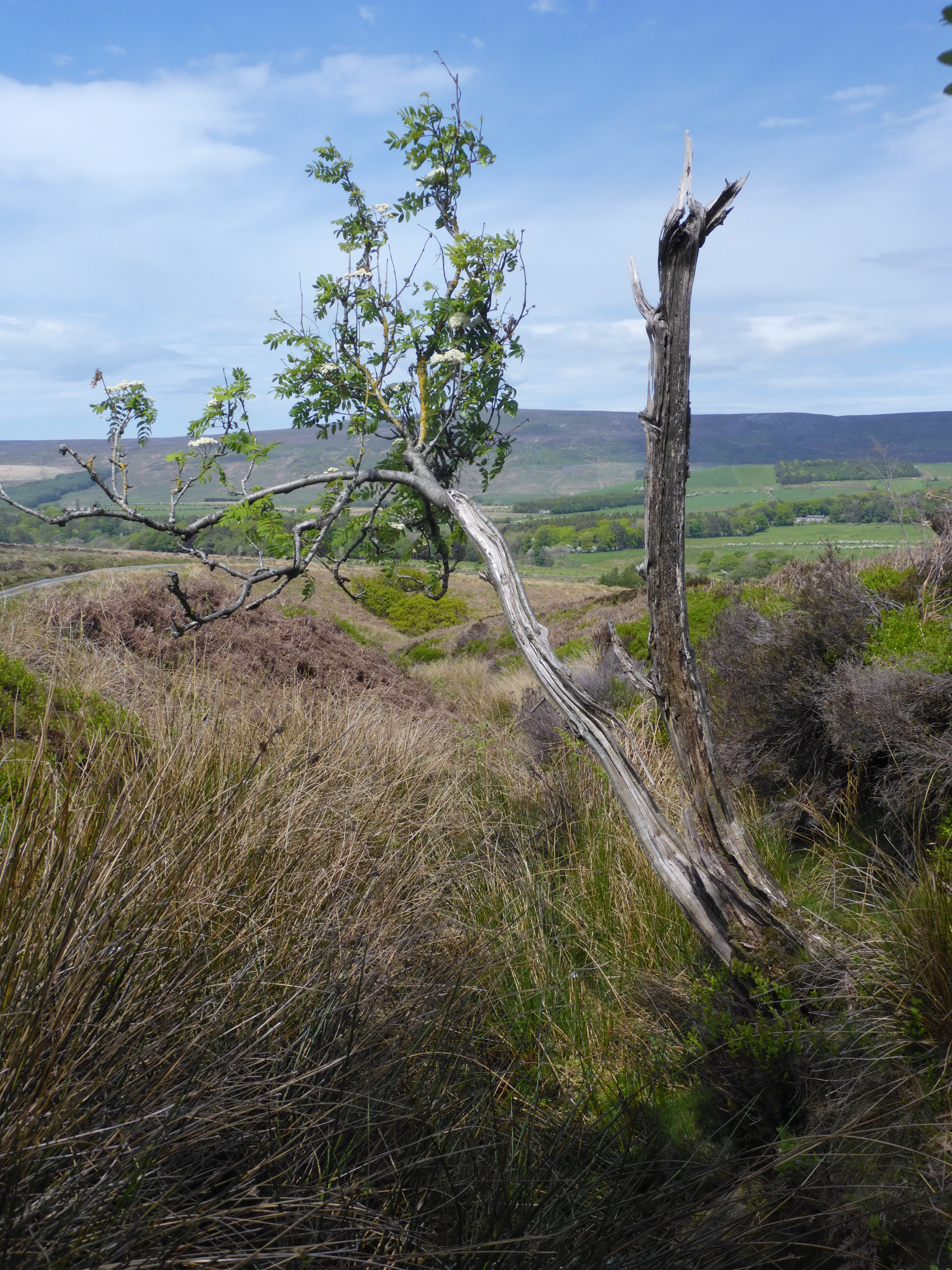




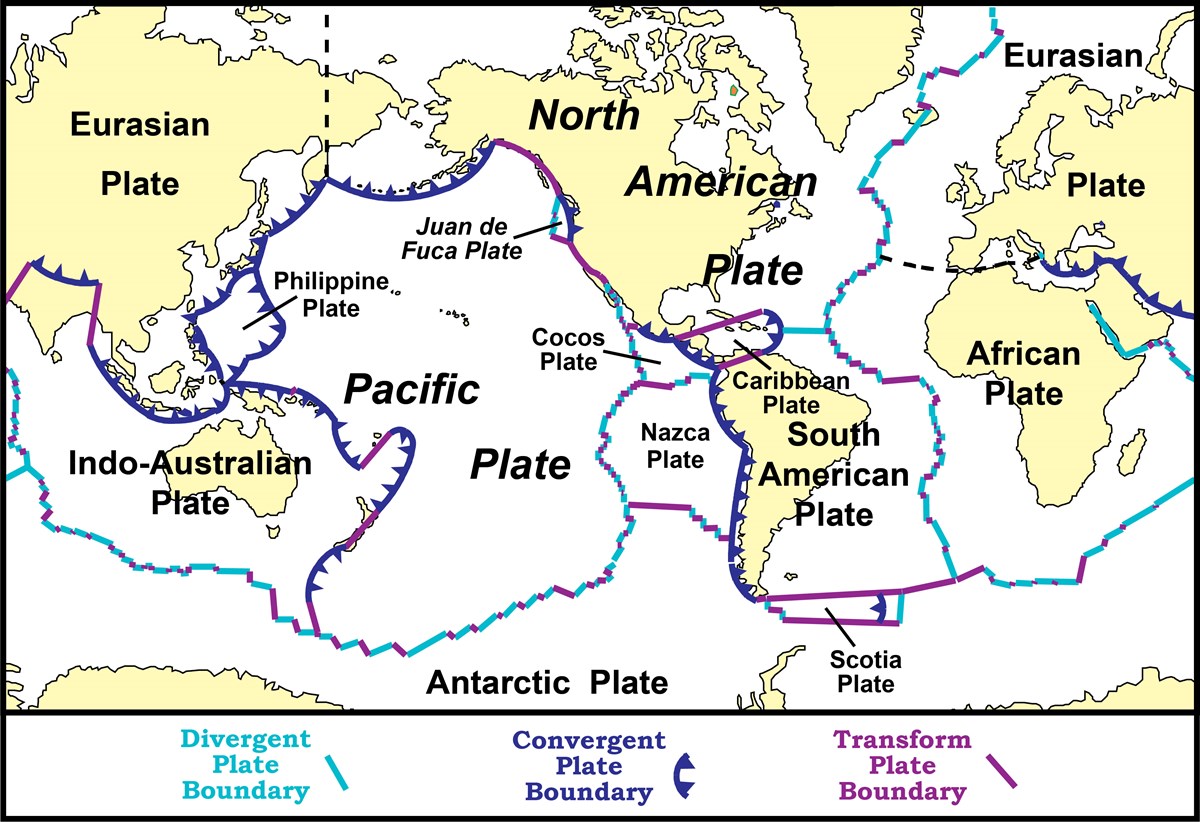





 I was on an open-topped tour bus, seeing the sights of downtown Edinburgh—the capital city of Scotland. From this vantage point, our guide stopped frequently, to tell us about John Knox’s grave and house, the Royal Mile, and beautiful Edinburgh Castle. At one stop, there were three things to see. To our left was Britain’s ugliest building—the Scottish Parliament. Straight ahead was Holyrood House—where the Queen lives when she is in Edinburgh. And to the right was a cliff face, called Salisbury Crag. This rocky outcrop consists of a lower level of greywacke, topped by several layers of sedimentary rock.
I was on an open-topped tour bus, seeing the sights of downtown Edinburgh—the capital city of Scotland. From this vantage point, our guide stopped frequently, to tell us about John Knox’s grave and house, the Royal Mile, and beautiful Edinburgh Castle. At one stop, there were three things to see. To our left was Britain’s ugliest building—the Scottish Parliament. Straight ahead was Holyrood House—where the Queen lives when she is in Edinburgh. And to the right was a cliff face, called Salisbury Crag. This rocky outcrop consists of a lower level of greywacke, topped by several layers of sedimentary rock.
